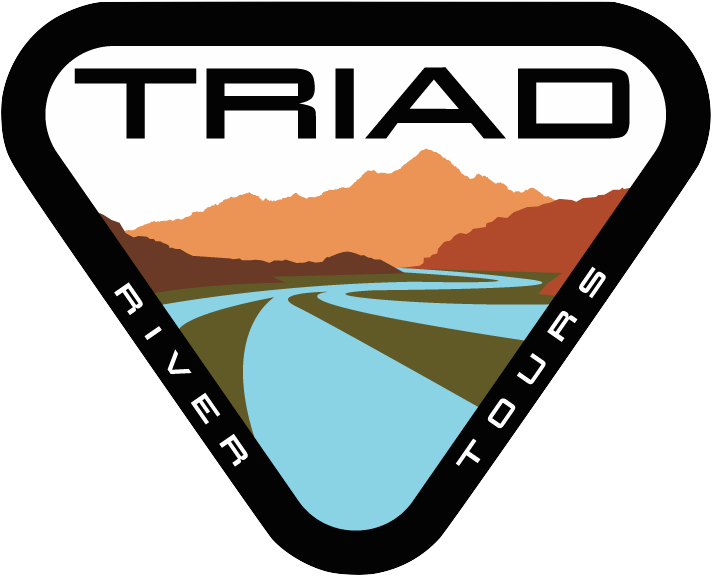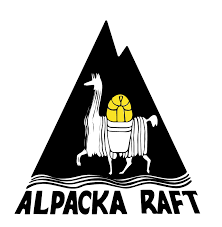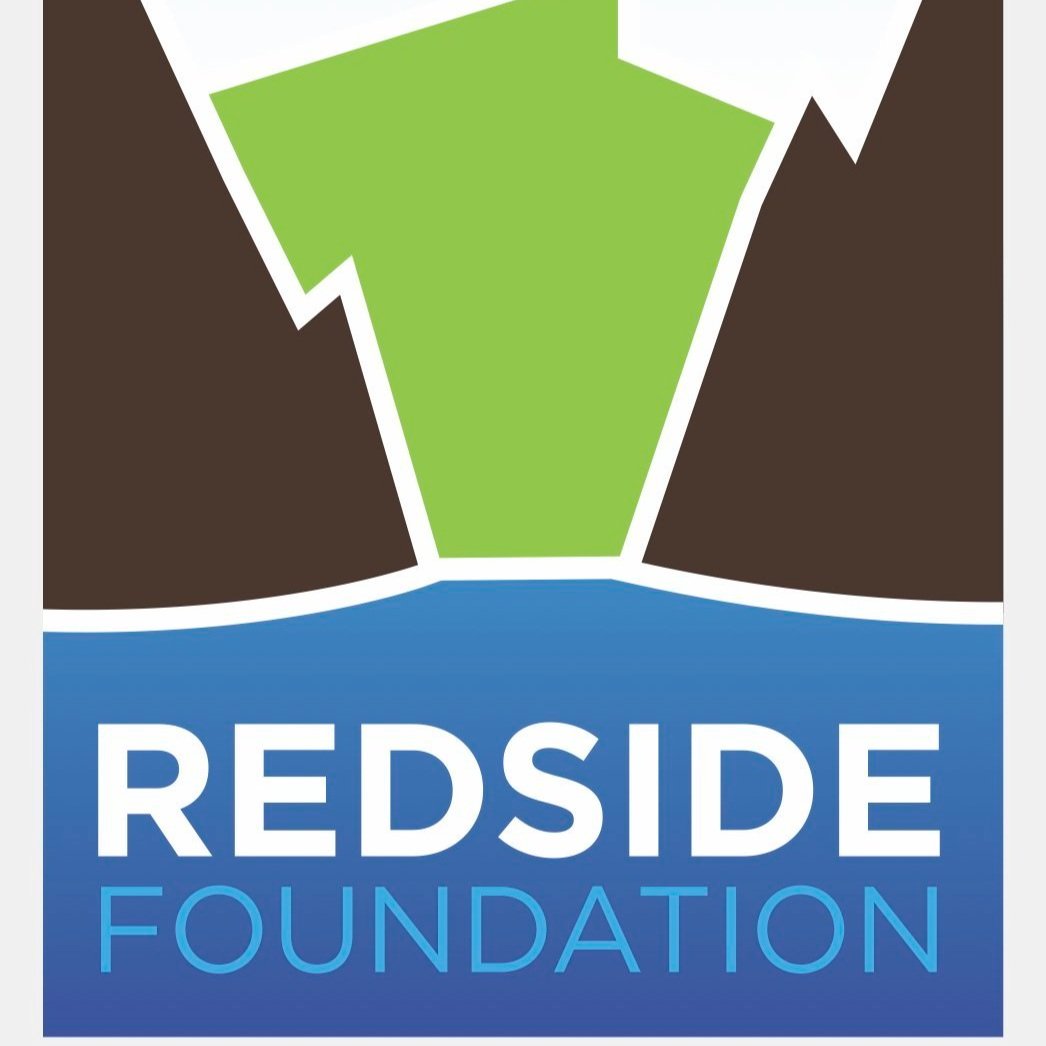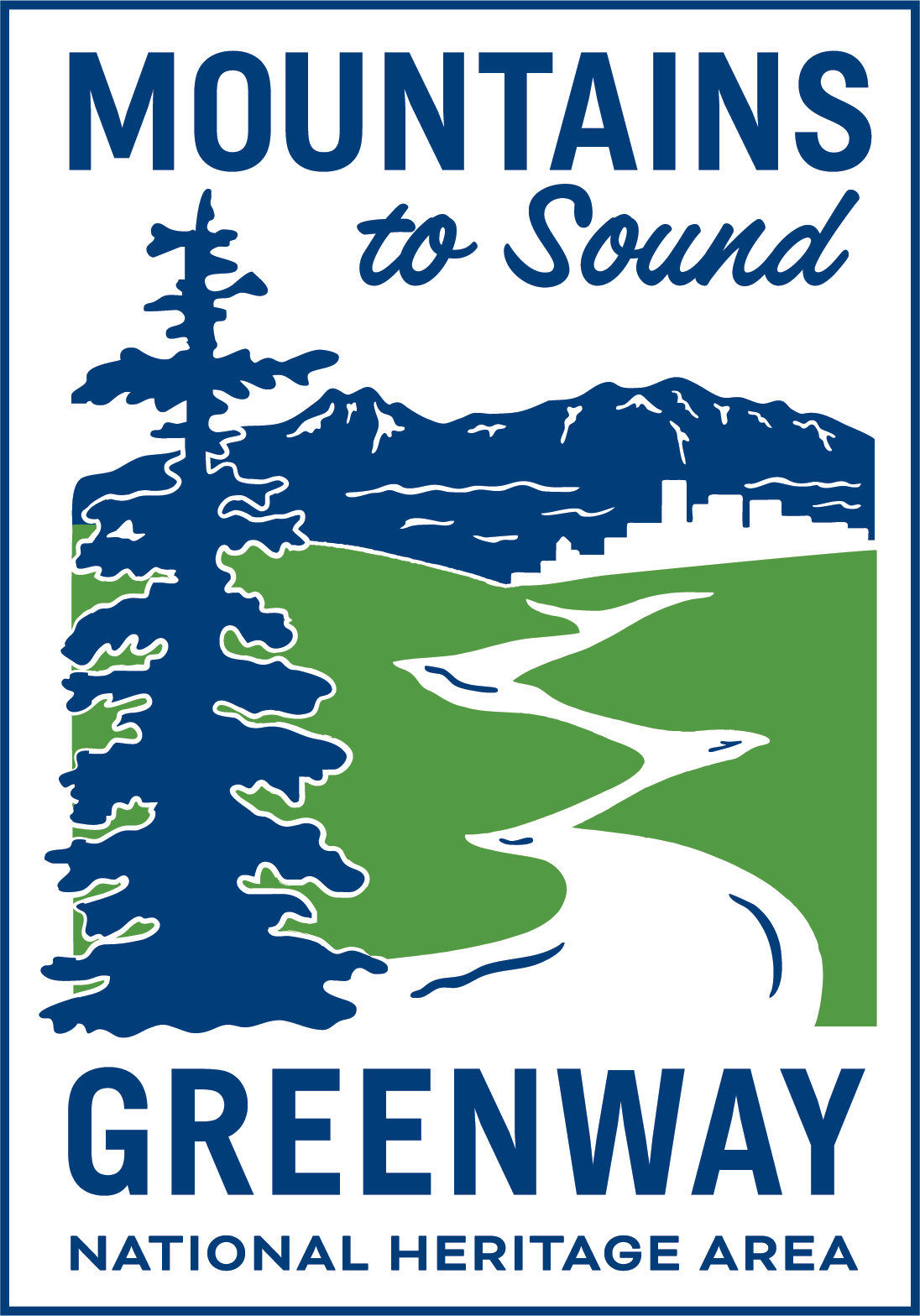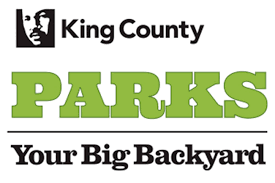White Water Rafting Ability Levels
Personal ability and experience levels have an effect on your safety, and while the risks of the river are not changed by who is running that river (a Class 5 river doesn’t become Class 6 if you have less ability), there is a noticeable increase in the likelihood of a rescue, or an injury, when people with less experience and/or ability go rafting. As a result, we advise that all participants take an honest look at these ability levels to determine what river trip is best suited for them.
People with less physical fitness, rafting and/or swimming ability and/or less experience have a greater chance of being involved in a serious rescue or becoming injured on a whitewater rafting trip. As a result of this, it is advised to first take a trip that is specifically designed for beginners such as the Upper Skagit Introductory Whitewater trip in order to gain experience. Note that all Triad River Tours trips feature the same extensive safety protocol system that is outlined in the detailed safety talk before each trip. We also use the same quality of equipment on all of our trips; this will help you gain worthwhile experience on less risky and challenging trips, while you build your skill in order to take on the more dangerous and more demanding river sections we run.
Here is an overview of the ability levels of our trips. Note that each webpage for each trip has the river risk classification, as well as the recommended ability/experience level listed.
Beginner: Trips with a beginner designation are meant for just that; people who are capable of enjoying a rafting trip but don’t have the necessary skill or ability to tackle more difficult or technical whitewater. While any whitewater trip could lead to a rescue, a flipped raft, or strenuous exercise, it is much less likely on these trips.
Intermediate: Trips with an intermediate designation are meant for experienced rafters or beginners who are exceptionally willing and fit to tackle more difficult, technical whitewater on their very first trip. Be cautious: intermediate trips bring an increased likelihood of rescue, flipped raft, or sustained high level physical activity. Physical fitness is a must, and the inability to swim makes these trips more dangerous.
Advanced: Trips with an advanced designation aren’t meant for beginners. These trips are for people in good physical condition, who are capable swimmers, ready and able to take on demanding conditions, difficult technical and/or big whitewater, and involve a high likelihood of a rescue or raft flip. Advanced trips require paddlers to participate in aspects of more difficult rescues that guides cannot perform on their own. Rescues in Class 4 whitewater are often difficult, and require the participant to rescue themselves from circumstances with very serious consequences should the participant fail.
Expert: Trips with an expert designation require a participant to acknowledge a serious responsibility to themselves and everyone else on the trip, as they run a section of river requiring incredible levels of exertion, and stamina. River sections with an expert designation are known for high levels of danger, regardless of ability, so participants must be prepared to swim the worst rapids, including long times under water, and be prepared to endure potential blunt trauma, and a high risk of injury. Expert level trips mean a high likelihood of raft flipping, which can result in a very long and hazardous swims, deadly obstacles, and circumstances that are beyond the control of the guides, equipment, and any safety system no matter how precise. Expert level rivers should only be undertaken by those who understand that no matter how well something is planned, it is only a matter of time before you are a part of serious rescue, injury, or fatality, on this kind of water.
